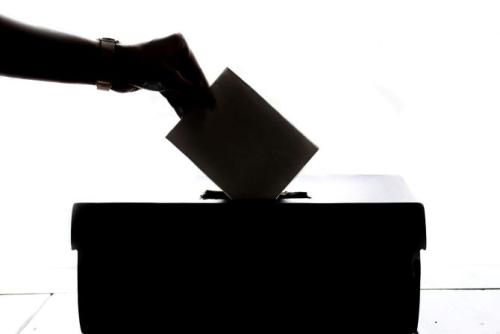Pending exempt status classification regulations will generate publicity and further stoke workers’ thinking about fair wages
Fair Labor Standard Act (FLSA) cases filed in the past year hit a new record high of 8,126, up 5 percent over the prior year, due in part to more cases being brought on an individual rather than a class basis, Seyfarth Shaw said in a recent report. This uptrend in lawsuits is likely to continue and may accelerate, according to Noah Finkel, partner in the wage and hour litigation group at Seyfarth Shaw’s Chicago office.
In addition to more individual lawsuits, the number of cases is growing due to rising awareness among workers that such suits are possible, says Finkel.
One reason for the increase in individual suits: recent precedents that make it harder to certify classes. Another factor, he notes, is ‘that more employers are enacting arbitration programs that contain class and collective action waivers, which forces individual cases.’
But beyond the shift from class to individual filings, a wider range of employees are bringing FLSA claims. Finkel explained that previously many plaintiffs were "fired or otherwise disaffected" who saw a lawyer to bring suit for that perceived mistreatment. It wasn't until their lawyer raised the FLSA and wages that the plaintiffs started focusing on that issue. ‘Now many employees know that’s where the class action is.’
Finkel’s clients in the restaurant business tell him their employees know all the tip rules, appropriate types of work for a tipped employee and which tip pooling arrangements are proper. Understanding that already, more workers are seeking out lawyers for the purpose of filing a class action, he says.
One reason Finkel believes worker awareness of the rules will increase mightily is that minimum wage legislation makes people think, ‘How fair is my pay?’ Heading into November, Democrats in several states intend to make the minimum wage a high profile issue, magnifying this concern and its impact on lawsuits.
Finkel is also convinced that the new exempt status classification regulations the Department of Labor will propose later this year will generate a lot of publicity, regardless of their substance or how they are ultimately finalized. ‘That will further drive this growing consciousness and get people to consider how their work is classified,’ he says.
Finkel has two pieces of advice for employers: ‘First, do your best to make sure you have a happy workforce. Second, and more importantly, do regular audits to make sure you’re in compliance with wage and hour law. The frequency of those audits may be every few years, depending on the kind of business you’re in, your turnover rate at the management level, and your training practices,’ he says. A good time for an audit would be after the new exemption rules are finalized.
Economic consultants at National Economic Research Associates (NERA) publish an annual analysis of state and federal wage and hour settlements, the most recent of which came out in November 2013. One striking finding was that the number of settlements decreased in 2013 from prior years.
‘Over the first three quarters of 2013, 51 cases settled for a total of approximately $215 million, suggesting that 2013 is on pace to have fewer cases settled and lower aggregate spending than 2012,’ the report’s authors noted. ‘If this settlement pattern continues through year end, the authors estimate that 68 cases will have settled for a total of $286 million, compared to 102 cases for $467 million in 2012.’
Those numbers don’t include the costs to defend cases, which can be substantial, as NERA vice president Dr. Stephanie Plancich, one of the authors, acknowledged. Looking toward NERA’s release of the 2014 update In November, Plancich cautioned, ‘If the settlement frequency continues to diminish in 2014 and 2015, then we’d say there’s a new trend here, but one year of data isn’t enough to draw that conclusion.’
Despite expanded worker consciousness, Finkel doesn’t see these suits as a reflection of class warfare. ‘Indeed, in the last 10 years the workers we’ve seen bring many of these suits are pharmaceutical representatives, mortgage brokers, financial representatives and servers at high end restaurants. These all are well-paid employees,’ he says.








